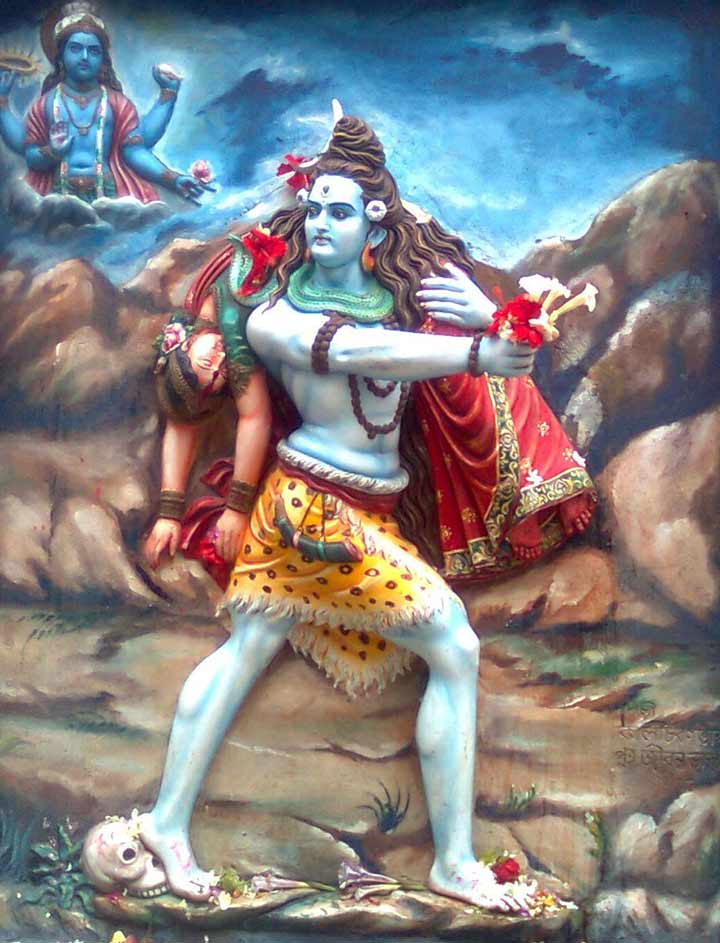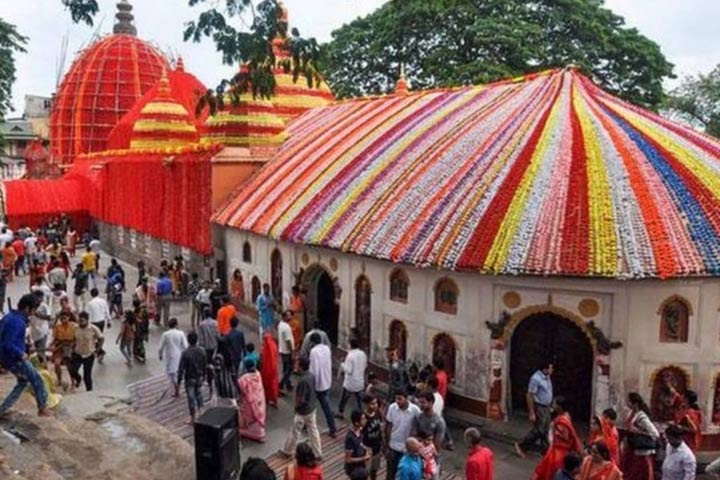
Image: Shutterstock
Let’s talk about something that has been a vital part of procreation but somehow is considered a taboo— menstruation! We often wonder why it is such a big deal and what is the hush-hush behind it all, right? It’s the year 2020 and while there has been a significant amount of change concerning this topic, it still is not something that is talked about freely. As women, it is high time we stop shying away from this natural process and be proud of our bodies and the immense changes it goes through every month. Why don’t people take it for what it is— a completely natural biological process that occurs every month!
Image: TOI
In a country like ours, where the process of menstruation is shamed and shunned, a temple known as the Kamakhya Temple in Guwahati, Assam celebrates it. It celebrates and rejoices the power that a woman has to bear a child. This famous temple attracts several tourists all year round and interestingly enough, during the month of Ashad, the Brahmaputra river near it turns red. The temple is shut for four days and no one is allowed inside because it is believed that the goddess bleeds during this period.
The Story Behind It All
Image: Twitter
Goddess Kamakhya is a deity that represents the power or shakti within every woman. She is revered as the “Bleeding Goddess” and is celebrated for a woman’s ability to give birth. So, how did it all begin? Lord Shiva’s wife, Sati who is also known as Goddess Kamkhya is a reincarnation of Goddess Durga or Goddess Shakti. Legend has it that Sati attended her father’s grand yajna against her husband’s wishes, even though her father deliberately did not invite her husband and her to the occasion. And when she was insulted by her father, she jumped into a fire and immolated herself.
The story says that when Lord Shiva heard this he was enraged and set out on a spree of destruction carrying his wife’s corpse. To calm the situation, Lord Vishnu sent his Sudarshan chakra which cut Sati’s burnt body into several pieces. It is believed that her body parts fell in 108 different places across the nation which are now called Shakti Peethas.
Image: IndiaToday
The Goddess’ womb is believed to have fallen on the Nilachal Hill in Guwahati where the Kamakhya temple is built. The place where the temple is located is also considered as the place that Lord Shiva first courted Sati. During the monsoon season, the temple remains closed for four days which is symbolic to the Goddess resting and enjoying her privacy for that time. When the temple is reopened, she is celebrated with much grandeur and pompous.
Other Significant Reasons
Image: New Indian Express
After four days of rest, the temple is opened and the loincloth which is white turns red. This sacred piece of clothing is treasured by one and all. Lakhs of devotees cry out in celebration of the yearly menstrual cycle of the Goddess and all this happens by the seventh day of Ashad. It is considered a privilege to worship the menstruating Goddess and is known as Ambubachi. What makes the cloth red? It is believed that the goddess menstruates which makes it red. But here is the scientific reason for it. During the monsoon season, the water from the natural spring in the temple mixes with the red Hermatorite in the soil staining the deity’s cloth and making it red.
Image: Shutterstock
Another beautiful phenomenon that is worth mentioning is what happens with our Mother Earth. It is common practice for farmers to give the earth rest during monsoon so she is prepared to cultivate again and has the time to replenish herself. Just like a woman sheds her uterine wall and prepares for the next cycle, Mother Earth is given a break symbolizing the natural menstrual cycle. The moon goes through monthly cycles too. If we can adore and be amazed by the cycles of the moon that occurs naturally, why is a woman’s monthly cycle a taboo?

















